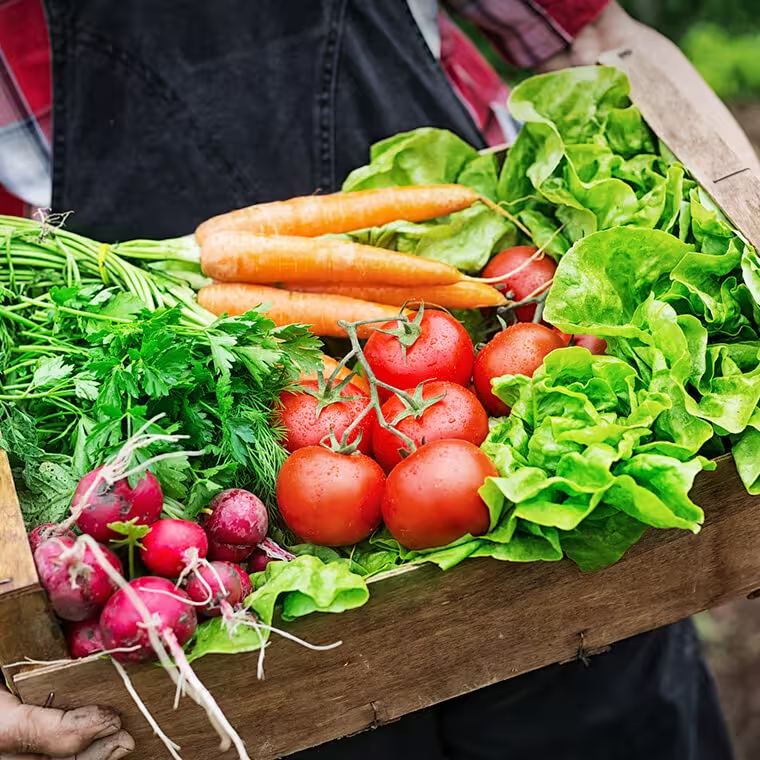
Having a home garden is far more common than most people think. The chance to grow your own home garden veggies isn’t just a passing trend—it’s a lifestyle choice that blends health, sustainability, and the pleasure of eating fresh.
Today, eating a balanced, healthy diet is more important than ever. And when you can reduce your environmental footprint while rediscovering the taste of truly fresh food, the reward is priceless.
If you’re a fan of organic food, this guide will show you exactly how to start your own home garden and make the most of its many benefits.
At Hotel Boutique Sumangá, the well-being of our guests inspires us every day. That’s why a large part of the ingredients on our menu come directly from our own garden.
Our organic crops are grown with care and respect for the environment. Every dish we serve is a connection between nature and your table, designed to nourish your body and comfort your soul.
What Does It Mean to Have a Home Garden?
A home garden is a small-scale growing space, often set up in a backyard, patio, terrace, or even an indoor home garden by the window.
Its main purpose is to grow vegetables, herbs, and sometimes fruits for personal use.
Contrary to popular belief, you don’t need a large yard. With good sunlight, healthy soil, and regular watering, you can start producing your own home garden veggies—such as lettuce, Swiss chard, spinach, aromatic home garden herbs, radishes, zucchini, and more.
The real advantage is having access to organic produce, free of pesticides and harmful chemicals.
This means your family can enjoy healthier, fresher meals while also saving money.
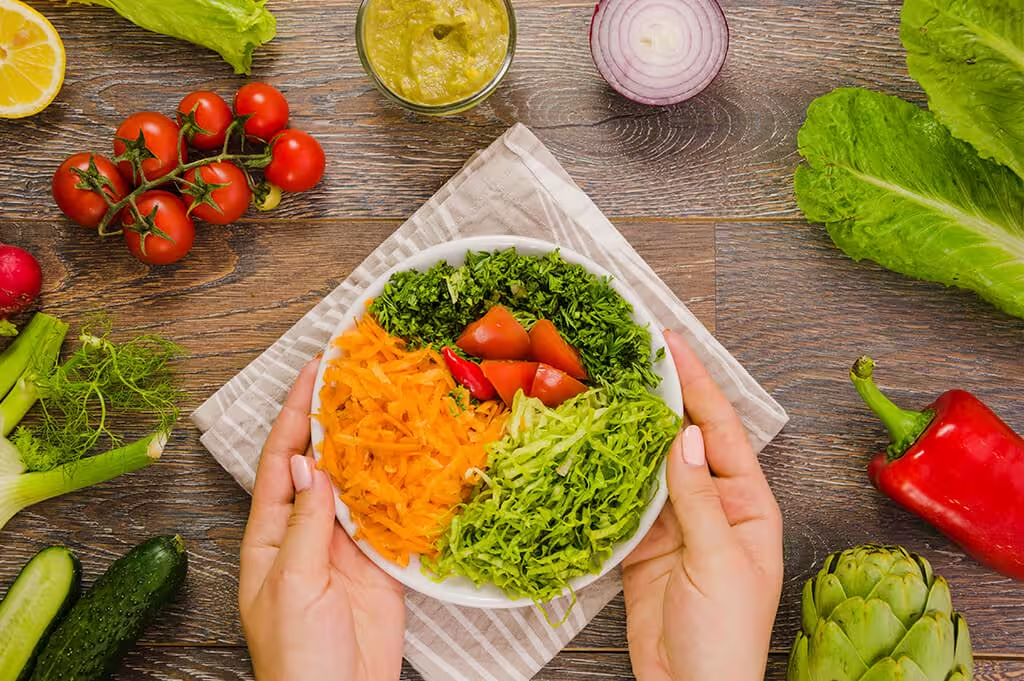
What Are Organic Foods?
Organic foods are grown using agricultural practices that prioritize environmental care.
An organic crop from your home garden veggies preserves soil health, uses water responsibly, and avoids chemical pesticides and fertilizers.
While organic foods aren’t always more nutritious than conventionally grown ones, they are produced in a way that’s better for the planet and reduces exposure to certain synthetic chemicals.
Experts recommend maintaining a varied diet with plenty of fruits, vegetables, and whole grains—whether organic or not.
One of the biggest advantages of growing your own home garden veggies is timing.
The shorter the period between harvesting and serving, the more flavor and nutrients remain intact.
With a home garden, you avoid long transport and storage times, which means fresher food on your plate every day.
How a Home Garden Benefits Your Health and the Environment
Producing your own food at home comes with multiple benefits—economic, nutritional, and environmental.
Here are some of the most important:
- Fresh, flavorful produce. Short harvest-to-table time helps preserve nutrients and taste.
- Full control over your food. You choose seeds, soil, watering methods, and avoid harmful chemicals.
- Better eating habits. Having fresh vegetables at hand inspires new recipes rich in fiber and vitamins.
- Cost savings. Growing home garden veggies reduce grocery expenses.
- Well-being and stress relief. Gardening connects you with nature and promotes mental health.
- Waste reduction. Kitchen scraps can be composted to enrich your soil.
- Lower carbon footprint. Producing food locally cuts transportation and refrigeration needs.
In short, a home garden lets you enjoy fresher food, simpler preparation, and a healthier diet.
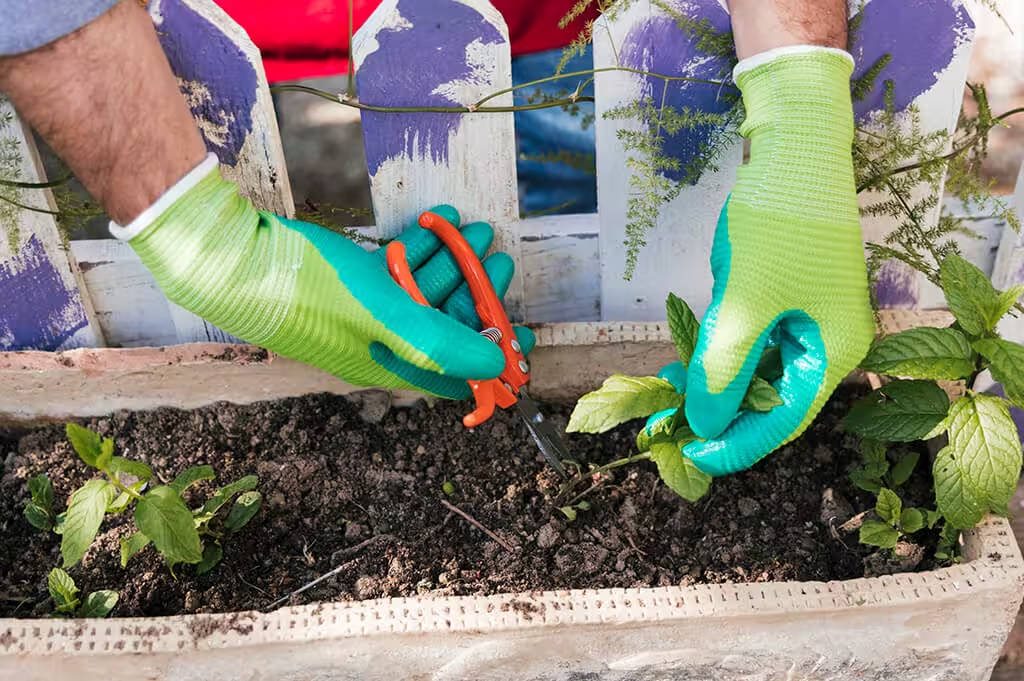
What Do You Need to Grow Your Own Food at Home?
To grow home garden veggies successfully, you’ll need to focus on four essentials:
Make Sure Your Garden Gets Enough Sunlight
Most vegetables need 4–6 hours of direct sunlight daily. Track how light moves through your space and place crops accordingly.
Prepare the Soil or Growing Medium Properly
Use a rich base of compost mixed with materials like coconut fiber or rice husks for aeration.
This keeps your soil balanced and nutrient-rich for healthier roots and better harvests.
Establish a Regular Watering Routine
Water early in the morning or late in the afternoon. Avoid overwatering or waterlogging, which can harm your plants.
Plant a Variety of Crops
Mix herbs with vegetables and rotate crops by season to prevent pests and maintain soil health.
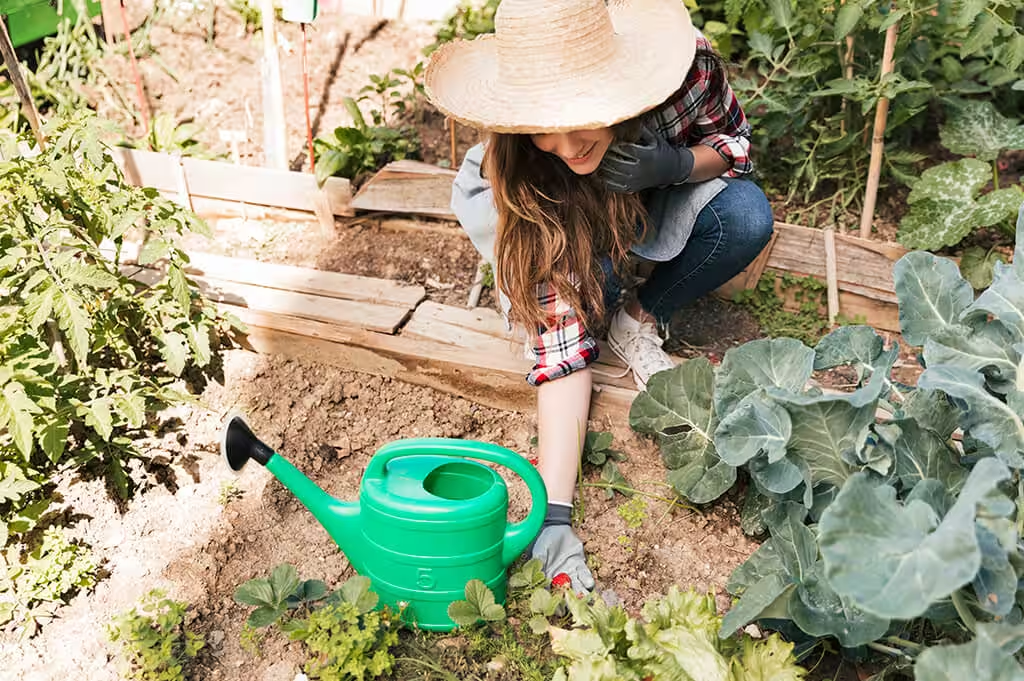
7 Steps to Build Your Home Garden from Scratch
If you’re ready to eat healthier, help the planet, and enjoy a rewarding hobby, here are practical home garden tips to get started:
1. Choose the Right Location
Even a square meter on a balcony can be enough. Identify sun exposure—tomatoes, zucchini, and cucumbers need more sun, while lettuce, spinach, and home garden herbs like parsley and mint tolerate partial shade.
2. Select the Right Container and Soil
Ensure your container has good drainage. Use a mix of 40% enriched soil, 40% compost, and 20% aerating material.
3. Plan Your Crops for Productivity
Start with quick-harvest plants like leaf lettuce, scallions, radishes, basil, and mint. Avoid overcrowding—tomatoes and zucchini need more room.
4. Water Regularly and Consistently
Keep the soil moist but not soggy and avoid wetting leaves excessively.
5. Rotate and Combine Plants
Rotate plant families seasonally and pair complementary crops (e.g., basil with tomatoes).
6. Control Pests Naturally
Spend 20–30 minutes a day inspecting your garden. Remove pests by hand or use natural sprays like garlic or chili extract.
7. Harvest at the Right Time and Recycle Waste
Pick vegetables in the morning and use them the same day for maximum freshness. Compost clean, dry scraps to close the cycle.
Home garden tools you’ll need: a hand trowel, pruning shears, watering can, potting soil, and a small stock of seeds and seedlings.
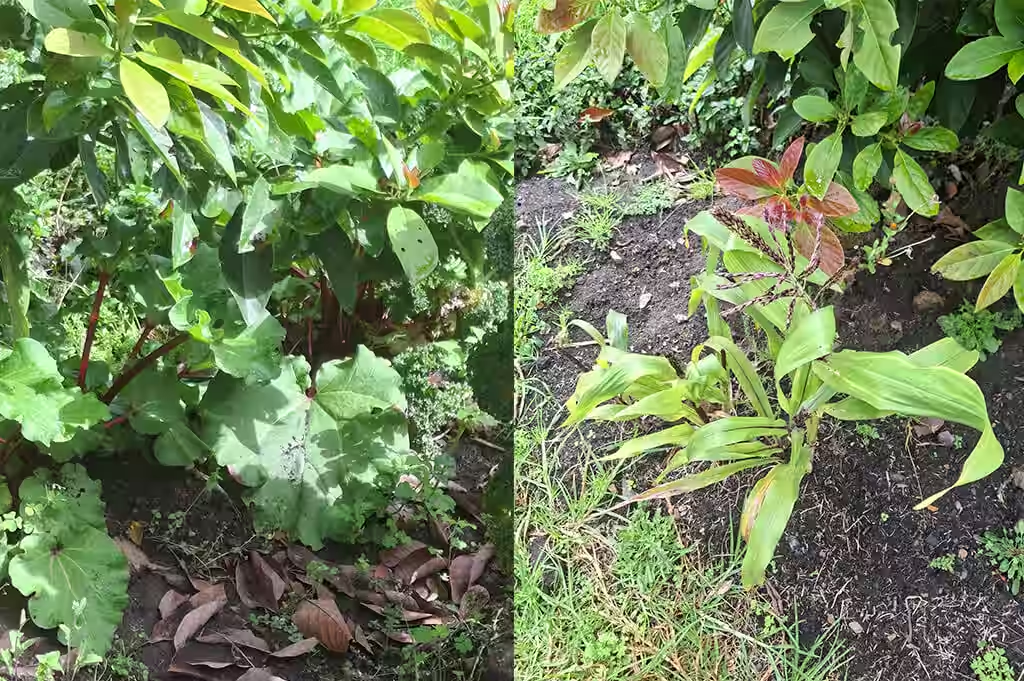
From Our Garden to Your Table
At Hotel Boutique Sumangá, sustainability is part of who we are. Many dishes on our menu are prepared with ingredients from our own organic garden, set in the stunning natural surroundings of our property.
Beverages
- Feijoa and curuba juices, served fresh-pressed or blended.
- On warm days, we serve refreshing feijoa or curuba-infused water.
Fruits (Desserts, Breakfasts, and Sides)
- Granadilla and golden berries in yogurt parfaits, compotes, and fresh breakfast servings.
- Blackberry and rhubarb for seasonal jams, glazes, and tarts.
Salads (Starters or Sides)
- Lettuce, Swiss chard, spinach, radishes, onions, and scallions in crisp mixes with lemon vinaigrette.
- Basil pesto dressings for warm salads or roasted vegetables.
Main Dishes (Garden-Centered Cuisine)
- Zucchini in herbed sautés, vegetable risottos, or grilled with olive oil.
- Guascas for our signature ajiaco soup.
- Corn in golden arepas or sautéed kernels.
- Creole potatoes roasted with rosemary or in gentle stews.
- Swiss chard and spinach in savory pies and tortillas.
Aromatic Herbal Teas (Pousse-café / Digestive)
- Mint, chamomile, and spearmint infusions—served hot or iced—with mountain views.
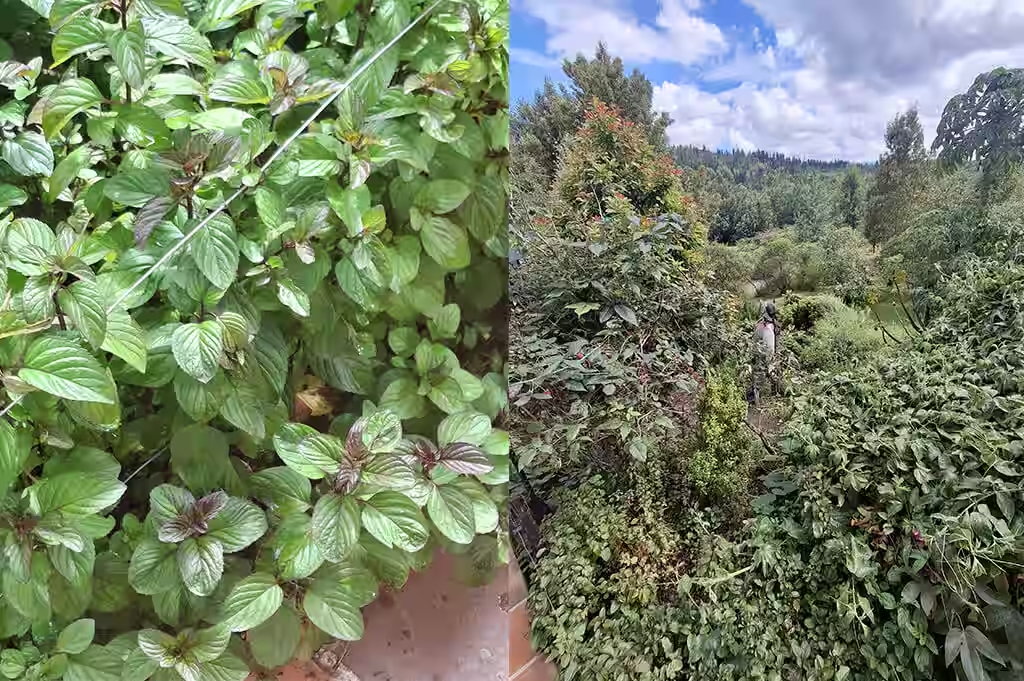
If you’ve read this far, you’re ready to start your own home garden veggies project and experience the joy of eating fresh, healthy, and conscious.
And if you’re looking for inspiration, visit Hotel Boutique Sumangá, where every dish tells the story of our garden and the care we put into bringing the best of the land to your table.



